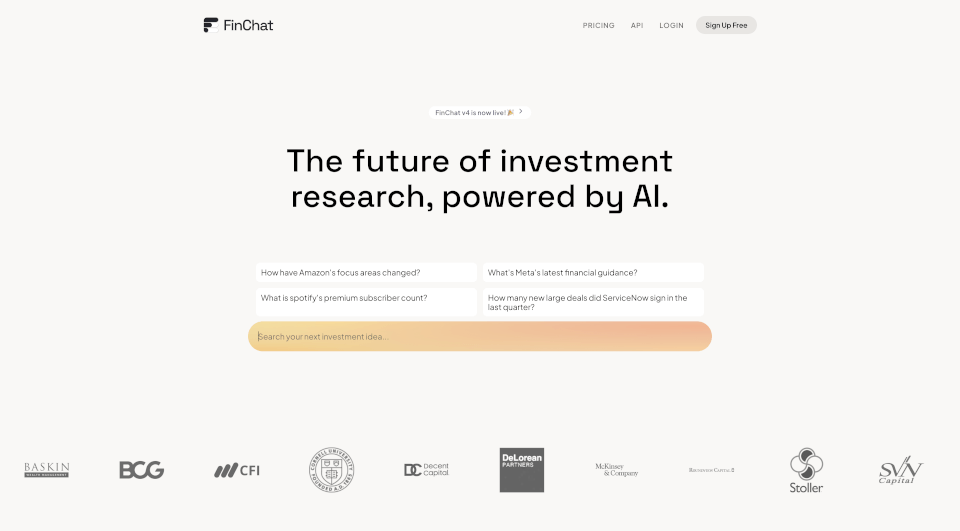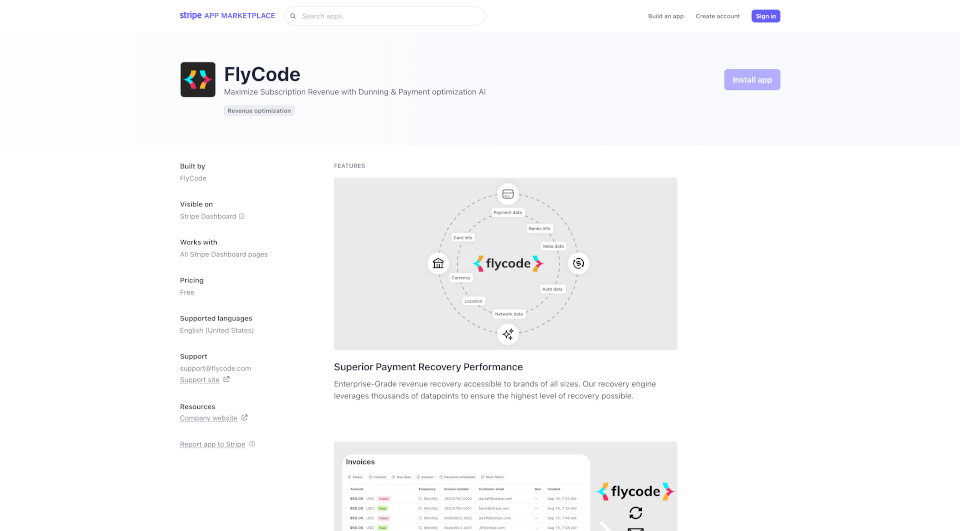What is Zama?
Zama is at the forefront of cryptographic innovation, specializing in Fully Homomorphic Encryption (FHE) solutions designed for blockchain and AI applications. FHE allows computations to be performed on encrypted data without needing to decrypt it, ensuring maximum data privacy and security. With Zama's advanced cryptographic frameworks, organizations can leverage the power of their data while safeguarding sensitive information, making it an essential tool in today's data-driven landscape.
What are the features of Zama?
-
TFHE-rs Library: A powerful pure Rust implementation that enables boolean and integer arithmetic over encrypted data, providing developers with the flexibility to integrate FHE into their applications effortlessly.
-
Concrete Framework: This TFHE compiler translates standard Python programs into their homomorphic equivalents, allowing data scientists and developers to work without needing deep cryptography knowledge.
-
Concrete ML: A privacy-preserving machine learning framework built on top of Concrete, designed to work seamlessly with traditional ML frameworks while maintaining data confidentiality.
-
fhEVM Protocol: A groundbreaking homomorphic encryption protocol enabling the creation of confidential smart contracts on Ethereum and other Layer 1 blockchains.
What are the characteristics of Zama?
-
Data Privacy: Zama's FHE solutions ensure that data remains encrypted throughout processing, effectively eliminating the risk of exposing sensitive information during computations.
-
Scalability: Built on robust architecture, Zama's products can handle increasing data sizes while maintaining performance, making them suitable for dynamic and demanding applications.
-
User-Friendly: Designed to appeal to both cryptographers and traditional developers, the frameworks facilitate an effortless transition into using FHE without a steep learning curve.
-
Open Source: As an open-source company, Zama invites collaboration and contribution from the global developer community, enhancing transparency and innovation in FHE technology.
What are the use cases of Zama?
-
Asset Tokenization: Enable the creation and management of digital assets with full confidentiality, ensuring that transactional details are encrypted against unauthorized access.
-
Confidential AI Solutions: Implement machine learning algorithms that can train and infer from encrypted data, opening new avenues for data privacy in AI processes.
-
Decentralized Finance (DeFi): Zama's technology can enhance DeFi applications by keeping sensitive transaction data confidential while still ensuring compliance with regulatory requirements.
-
Healthcare Applications: Share encrypted health data for tailored recommendations, allowing medical professionals to leverage AI insights without compromising patient privacy.
-
Confidential Credit Scoring: Conduct credit evaluations using encrypted data, balancing the need for data usability with strict privacy standards.
-
Biometric Data Protection: Securely authenticate users using encrypted biometric information, protecting personal identity from potential breaches during cloud storage processes.
How to use Zama?
To utilize Zama’s technologies effectively, users can start by selecting the appropriate library based on their needs (TFHE-rs for low-level operations, Concrete for high-level programming, or Concrete ML for machine learning applications). Developers can then:
-
Implement the Library: Integrate the chosen library into their existing projects, following specific documentation for configurations and dependencies.
-
Write Code: Utilize the frameworks to write standard Python code or leverage Rust for low-level operations, focusing on the desired outcomes without fretting over the underlying cryptographic complexities.
-
Compile and Execute: Use Concrete's compiler to translate their code into homomorphic equivalents and run evaluations on encrypted data, ensuring results are both accurate and secure.








